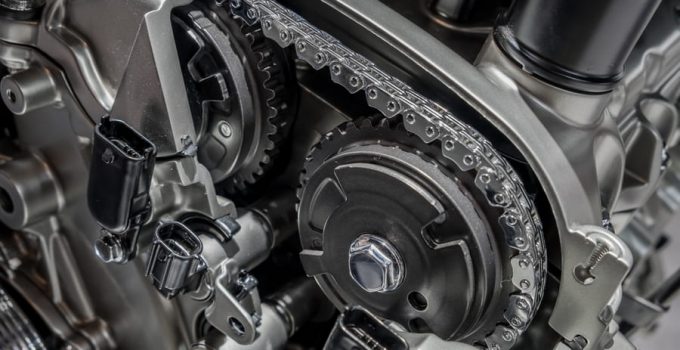
These devices are parts that are critical for an internal combustion engine to properly function at peak efficiency. In this post, we will go into detail as to what they are, where the camshaft sensor is located, what they do, and common problems with the device that can crop up.
What is a camshaft sensor?
A camshaft sensor or camshaft position sensor is a device that determines the precise position and speed of the crankshaft in conjunction with the crankshaft sensor. It is typically found at the top of the engine, either on one or both of the heads, on top of the block, or in some cases on the intake manifold. What a camshaft sensor does is send this data is relayed to the engine control module (ECM) of the car, which in turn allows the ECM to determine how much fuel is injected into the combustion chamber, as well as the timing for igniting it. The information from both sensors lets the engine control unit determine the top dead point of the first cylinder.
Symptoms of camshaft sensor malfunctions
A faulty device can result in a couple problems. If the information relayed by the sensor is off by only fractions of a second, it can still result in the motor sputtering, decreased power, and poor acceleration. In extreme cases, the engine may even stall or shut down. Sometimes the result is also that transmission shift solenoids no longer operate and the gears are prevented from shifting properly. Poor timing can also lead to the fuel injectors operating for too long, wasting fuel and leading to liquid petrol build-up in the combustion chamber. Ultimately, ignoring the symptoms of a failing camshaft position sensor may lead to the engine not starting at all, leaving the car stranded. Fortunately, one of the most common symptoms of a malfunction is that the “check engine” light on the dashboard goes on. This allows drivers to deal with the damage before it results in drastic issues.
How to check for a faulty camshaft position sensor
After recognising the symptoms listed in the paragraph above, it’s a good idea to check the device itself for any potential damage. What causes a camshaft position sensor to go bad can vary, so proper inspection is necessary. Find the sensor in the location given above or consult the literature for the make and brand of your vehicle to determine where it is if you can’t find it. If the sensor itself has no visible damage, check the its wiring and electrical connectors. If any of the wires or cables are broken, corroded, damaged, or incorrectly attached, you may have found the culprit. If the vehicle has a modern on-board diagnostic system, the engine control unit may also list an error code that can be scanned with a DIY scanning tool or in a properly equipped garage to determine the location of the sensor’s malfunction.
How to replace a faulty camshaft sensor
Once you’ve found out that the sensor itself is the cause of all your troubles, you can either replace it yourself or bring your car to a garage to get the part swapped out for a functional one by expert mechanics. Replacing it yourself should generally not be done unless you have some experience in car or vehicle maintenance and have access to the appropriate tools and a safe and dry place to perform the repairs. If all these conditions are met, however, you can proceed to replace the camshaft position sensor on your own. Note that the exact location and method of installation of the sensor can vary from vehicle to vehicle, so take the time to consult the relevant documentation before attempting to remove it from your car’s engine.
- Locate the sensor. Once you know where it is, you can proceed with the next steps.
- Disconnect the negative battery cable. Gently remove the negative battery cable from the camshaft sensor and put it aside where it won’t get in the way.
- Remove the sensor’s electrical connector. This should be simple enough involving only the pushing down of a tab. Use a flat head screwdriver or other appropriate tool otherwise.
- Unscrew the sensor. The camshaft sensor will be mounted using a number of screws. Release these using the appropriate tool. Keep these screws in case the new sensor doesn’t have any of its own.
- Remove the old sensor. Now that it is no longer connected to anything, the sensor should be easily removed by pulling it out. If not, check to see if it is still connected to anything.
- Install a new sensor. Mounting the sensor should work as simply as removing the old one. Align it properly and push it into place.
- Screw in the sensor. Use the mounting screws and screw the new sensor securely into place. Use the same tool as before.
- Reattach the sensor’s electrical connector. Connect all cables in the positions they were in on the old sensor.
- Reattach the negative battery cable. Reconnecting this will finish the installation of the new camshaft position sensor.
What to do after replacing the camshaft sensor
There’s really only two options here and they depend on how the installation process went. If everything works fine, continue driving your car without a worry or care and pat yourself on the back (just not while driving). You’ve successfully replaced the part. If your car still has troubles or is in an even worse condition, well, then you really need to consult a garage for repairs.


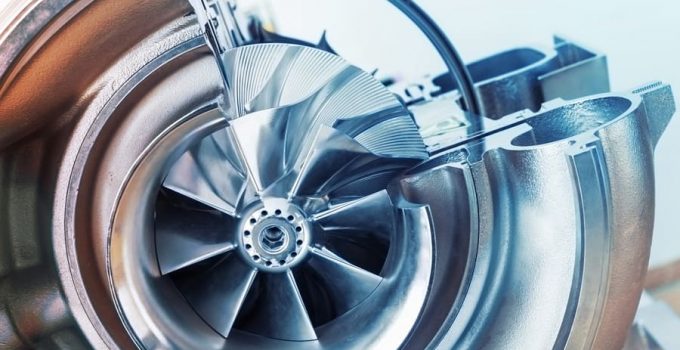
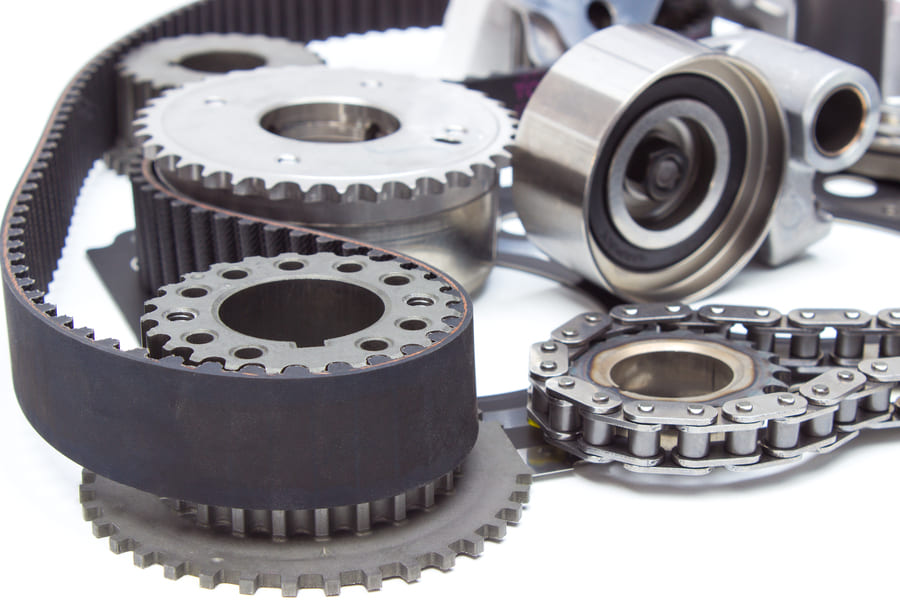
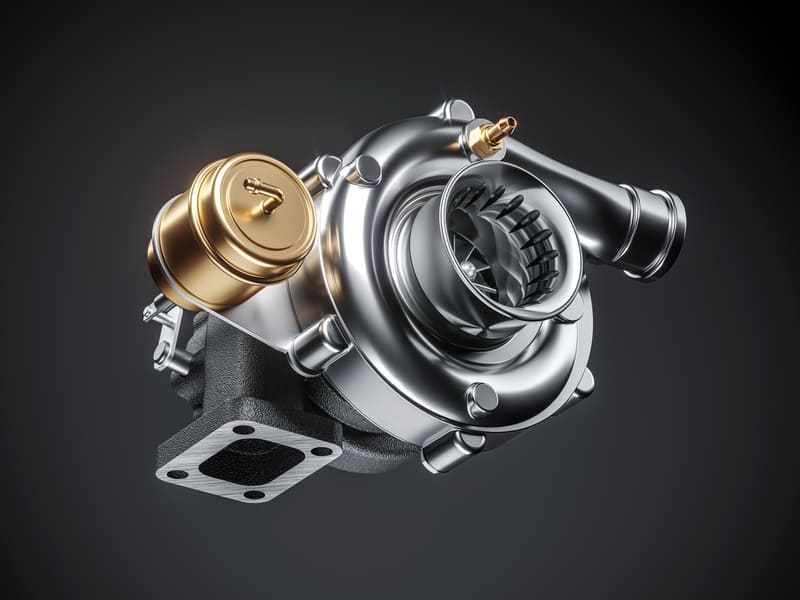
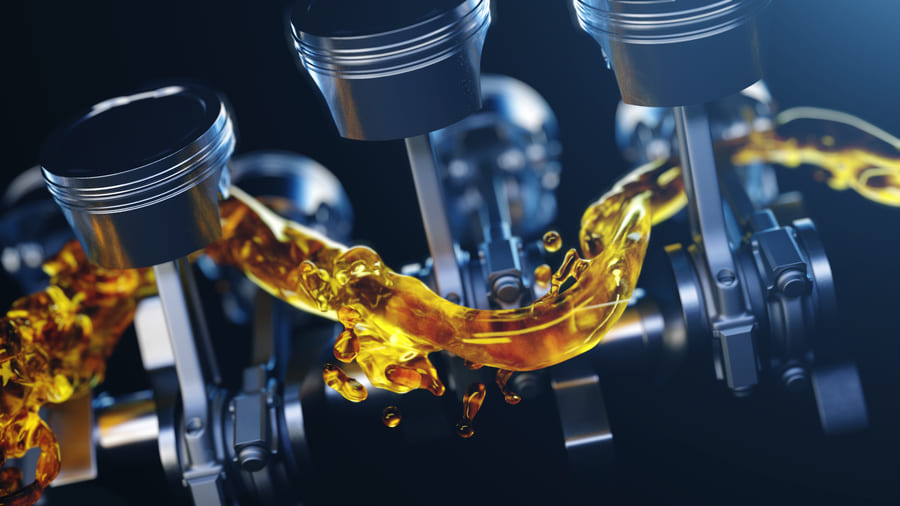
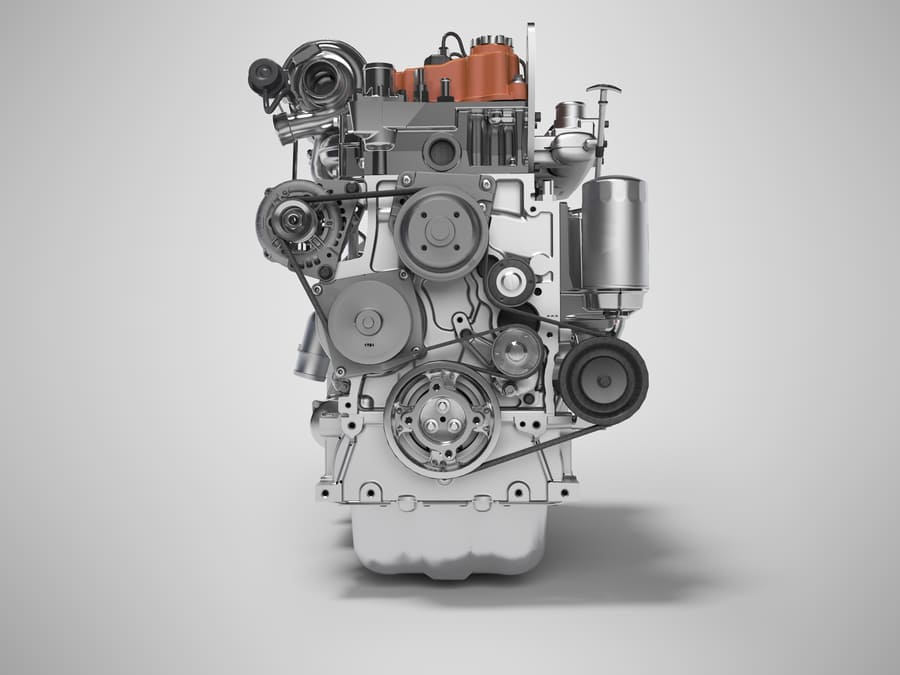
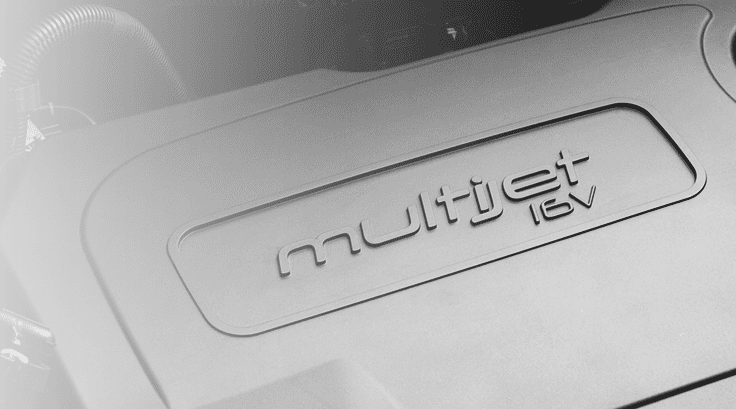
Comment